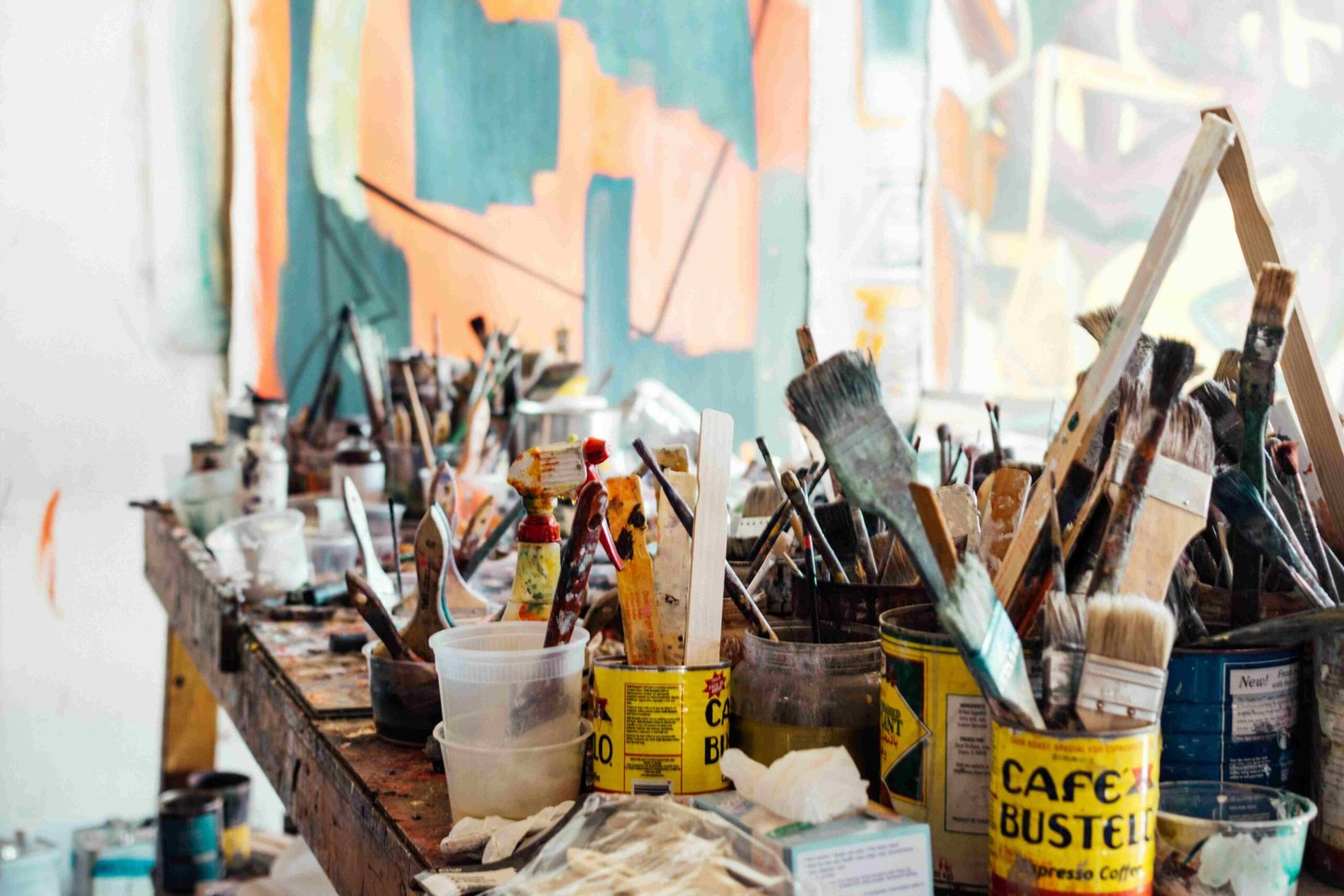Amazigh
The Beauty of Amazigh Art: Symbols and Meanings

Amazigh art, often referred to as Berber art, is a visual representation of the Amazigh people’s rich history, identity, and culture. Known for its intricate designs, vibrant colors, and profound symbolism, Amazigh art reflects a deep connection to nature, spirituality, and daily life. From Amazigh jewelry to pottery, textiles, and tattoos, these artistic expressions serve as a powerful medium to communicate beliefs and traditions.
This article explores the beauty of Amazigh art by delving into its symbols, meanings, and cultural significance.
A Brief History of Amazigh Art
The Amazigh, indigenous people of North Africa, have inhabited regions of Morocco, Algeria, Tunisia, and Libya for millennia. Their art is an amalgamation of influences from ancient civilizations like the Phoenicians, Romans, and Arabs, yet it retains its unique identity. Amazigh art is traditionally created by Amazigh women, who pass down techniques and designs from generation to generation.
Common Symbols in Amazigh Art and Their Meanings
1. The Triangles and Diamonds
- Meaning: These geometric shapes often symbolize fertility, protection, and feminine energy.
- Use: Seen in rugs, pottery, and Amazigh jewelry, they are central to designs created by women.
2. The Eye
- Meaning: Protection from the evil eye.
- Use: Incorporated into amulets, necklaces, and wall art, the eye motif is believed to safeguard against negative energies.
3. The Hand of Fatima (Khamsa)
- Meaning: A universal sign of protection and good fortune.
- Use: Found in Amazigh crafts and jewelry, the Khamsa is worn as a talisman to ward off harm.
4. Spirals and Circular Motifs
- Meaning: Representing eternity, cycles of life, and renewal.
- Use: Common in pottery and tattoos, spirals symbolize continuity and harmony with nature.
5. Tifinagh Script
- Meaning: The Amazigh alphabet often used to write names, blessings, or poems.
- Use: Featured in modern and traditional art, Tifinagh connects Amazigh art to its linguistic heritage.
Types of Amazigh Art
1. Textiles and Rugs
Amazigh rugs are handmade, each telling a unique story. The colors, patterns, and symbols used in these rugs are not random but intentional, reflecting themes of family, protection, and nature. These rugs have gained global recognition for their beauty and craftsmanship.
2. Jewelry
Amazigh jewelry, typically made from silver, features bold designs and vibrant stones like coral, amber, and turquoise. Each piece holds symbolic value:
- Necklaces with pendants often represent fertility or protection.
- Earrings and bracelets may signify marital status or tribal affiliation.
3. Pottery and Ceramics
Amazigh pottery is functional and artistic. The designs often include geometric shapes and natural motifs, making even everyday items like bowls and vases a canvas for cultural expression.
4. Tattoos
Traditional Amazigh tattoos, primarily worn by women, are another form of artistic expression. They often feature symbols for protection, health, and fertility. Although less common today, these tattoos were once integral to Amazigh identity.
The Role of Amazigh Art in Preserving Culture
Amazigh art is more than aesthetic; it is a tool for cultural preservation and identity. Each piece reflects the values, beliefs, and stories of the Amazigh people, serving as a bridge between past and present.
In modern times, the importance of preserving this art form has grown, especially as globalization and urbanization threaten traditional practices. Festivals, museums, and online platforms now play a critical role in showcasing and sustaining Amazigh crafts and designs.
Modern Interpretations of Amazigh Art
While traditional Amazigh art remains significant, modern artists and designers are reinterpreting these symbols for contemporary audiences. From fashion collections inspired by Amazigh patterns to home decor featuring Tifinagh scripts, the timeless beauty of Amazigh art continues to evolve.
Even modern businesses, such as those with an Amazigh food truck menu, incorporate traditional designs to celebrate their cultural heritage.
Supporting Amazigh Artists
To support the continuation of this rich artistic tradition:
- Buy Authentic Art: Purchase directly from Amazigh artisans to ensure they benefit from their craft.
- Promote Awareness: Share the stories behind Amazigh symbols and their significance.
- Celebrate Festivals: Participate in events that highlight Amazigh art and culture.
Conclusion
The beauty of Amazigh art lies in its ability to convey stories, values, and identities through intricate designs and profound symbols. Whether seen in jewelry, textiles, or pottery, Amazigh art is a testament to the creativity and resilience of the Amazigh people.
As we continue to explore and celebrate this art form, we not only honor an ancient culture but also ensure that its legacy thrives in today’s world.
